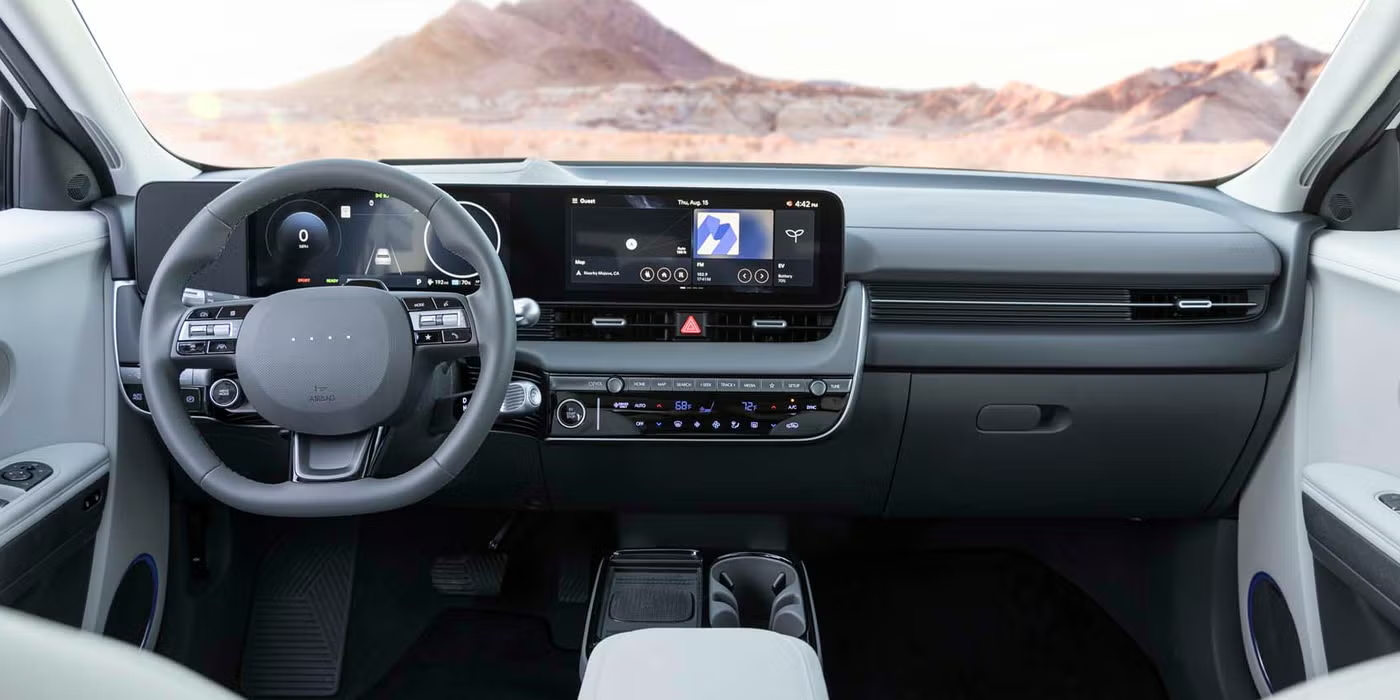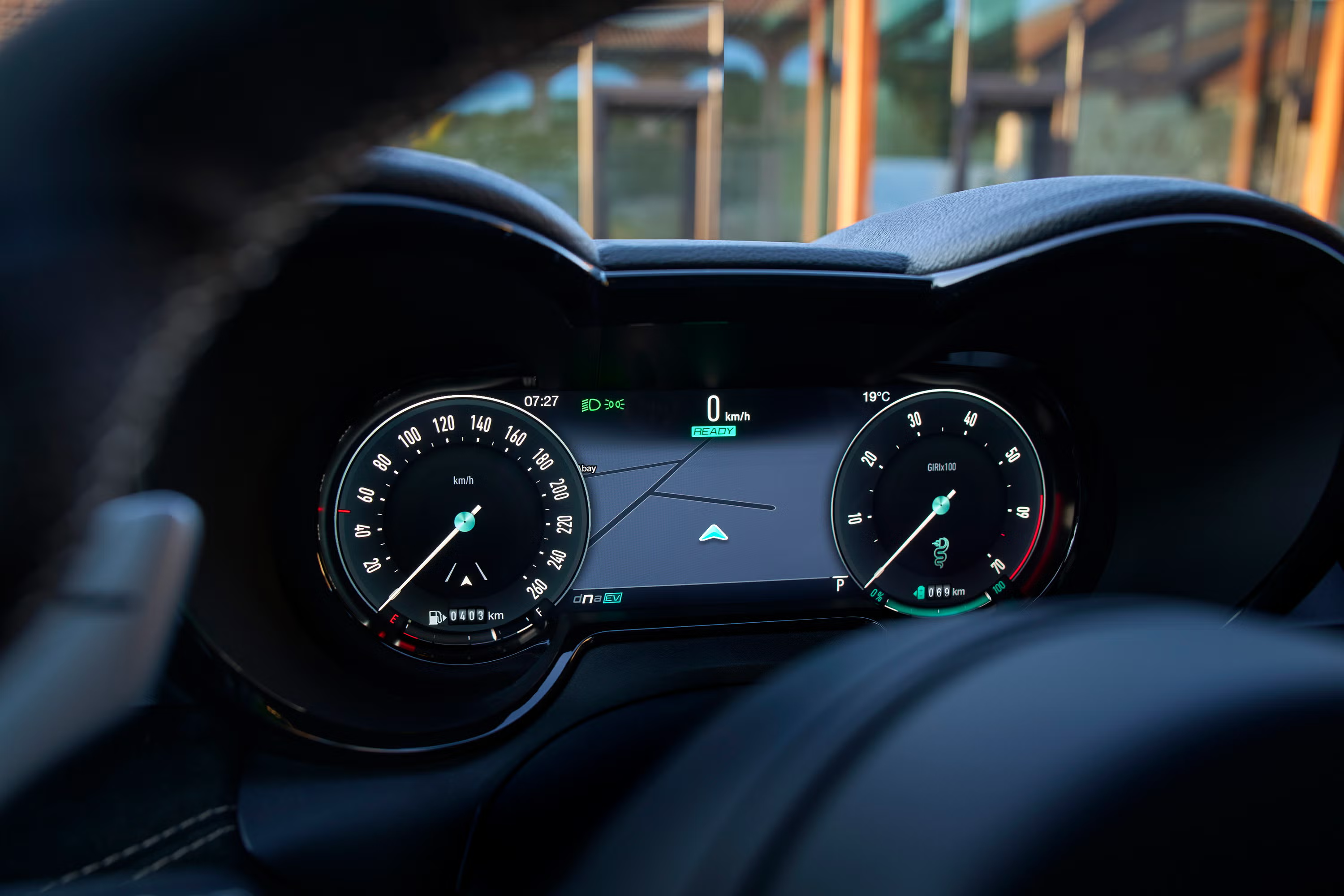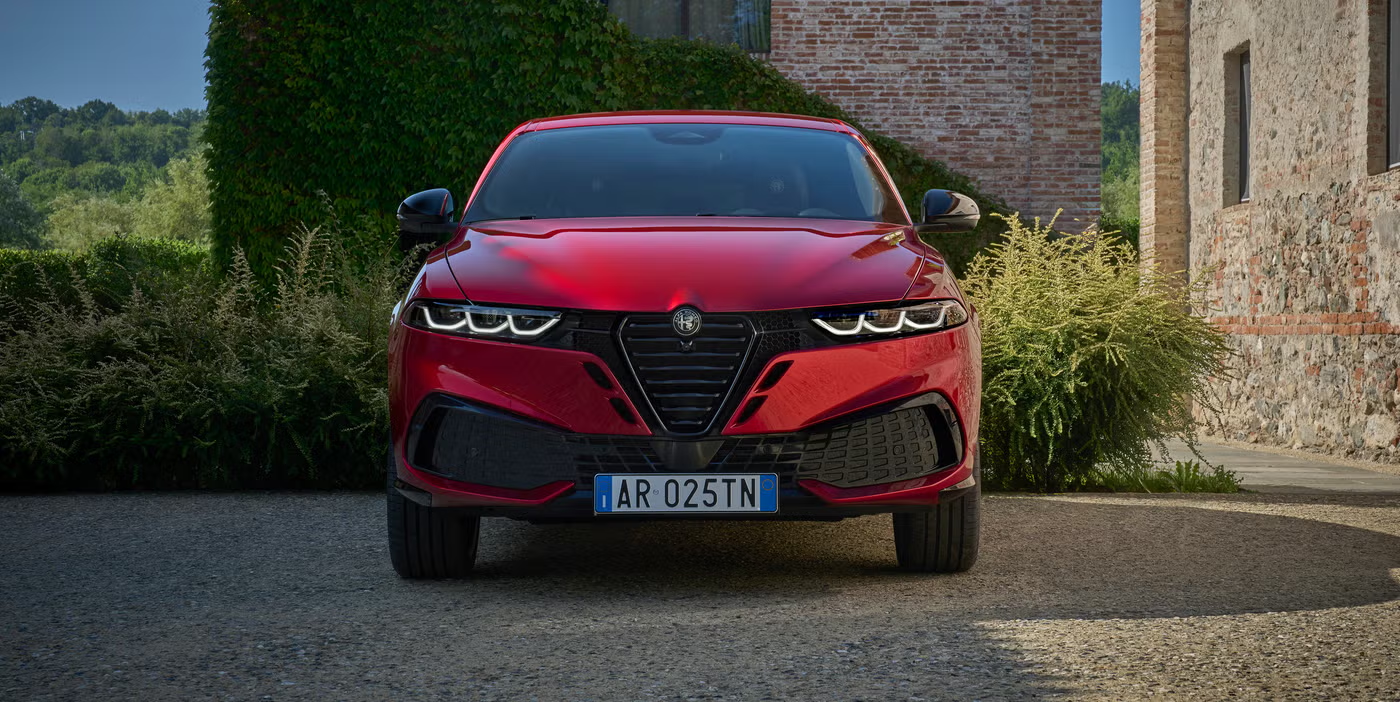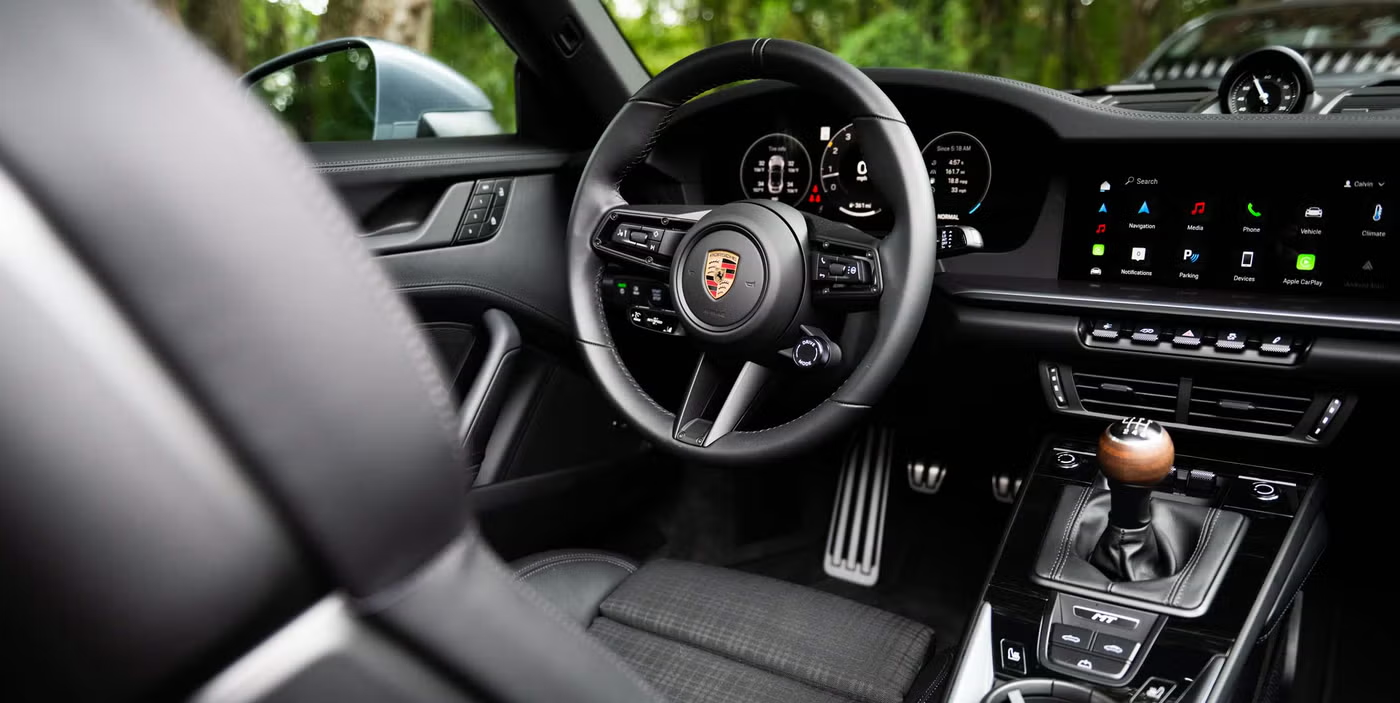Tested: 1999 Land Rover Discovery Series II Does Its Level Best
Road tester focused on real-world usability and ride quality. Owns a Porsche 718 Cayman (manual) and a Suzuki Jimny for winter duty.
Land Rover's second-generation Discovery, also known as the Series II, has undergone significant changes that make it more adept at handling on-road conditions. However, it remains a vehicle with off-road prowess at its core, presenting a dichotomy for its primarily urban American market. The Series II is an improvement over its predecessor, boasting better stability and control, but still faces competition from rivals like the Jeep Grand Cherokee.
The Discovery Series II is reminiscent of a well-prepared adventurer, equipped for scenarios that most of its owners will never encounter. While its predecessor had a reputation for being top-heavy, the Series II addresses these concerns with a wider stance and improved handling. The vehicle's track has been broadened, enhancing its athleticism and stability, and its roofline has been subtly lowered. These modifications underscore Land Rover's commitment to enhancing the vehicle's on-road presence without compromising its off-road capabilities.
A standout feature of the Series II is the optional Active Cornering Enhancement (ACE) system. This innovative technology uses hydraulics to improve cornering by reducing body roll, thus enhancing driver confidence during sharp maneuvers. While ACE is a significant advancement, the vehicle's core appeal remains its off-road capability. The Discovery's full-time four-wheel drive and traction control continue to be major selling points, even if its off-road prowess is underutilized by most owners who tread suburban roads.
Despite these improvements, the Series II struggles to deliver the quick acceleration expected in its class. The updated 3.9-liter V8 engine offers slightly more power and torque, but the increased vehicle weight offsets these gains. In performance tests, the Discovery lags behind competitors like the Jeep Grand Cherokee, particularly in acceleration and passing scenarios. The heavier curb weight, nearly 5,000 pounds, contributes to this performance gap.
The Series II also boasts improved ride quality, thanks in part to its more rigid chassis and the option of air suspension. These enhancements provide a smoother experience on uneven terrain and contribute to better handling and control during sudden directional changes. However, braking performance remains a concern, with long stopping distances and noticeable fade under repeated use. This is a critical area where the Series II falls short of its lighter competitors.
Inside, the Discovery Series II maintains its British charm with a more contemporary dashboard design and increased interior space. The vehicle includes more creature comforts like improved seating and storage options, appealing to families and adventurers alike. However, some ergonomic flaws remain, such as awkwardly placed controls and limited legroom for taller passengers. The vehicle's distinct profile and rugged nature ensure it stands out in a crowded SUV market, but these quirks may deter some potential buyers.
Overall, the Discovery Series II offers a unique blend of off-road capability and improved on-road performance. While it may not excel in speed or braking, its robust build and innovative features like ACE make it a compelling choice for those valuing adventure over acceleration. With a starting price that can quickly escalate with options, the Series II positions itself as a premium offering in the SUV landscape, appealing to those who appreciate its British heritage and rugged charm.
About Marcus Reid
Road tester focused on real-world usability and ride quality. Owns a Porsche 718 Cayman (manual) and a Suzuki Jimny for winter duty.



